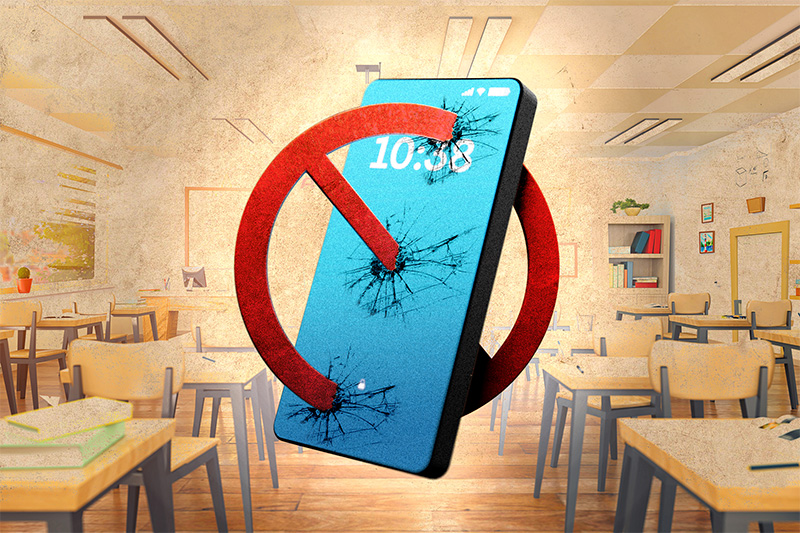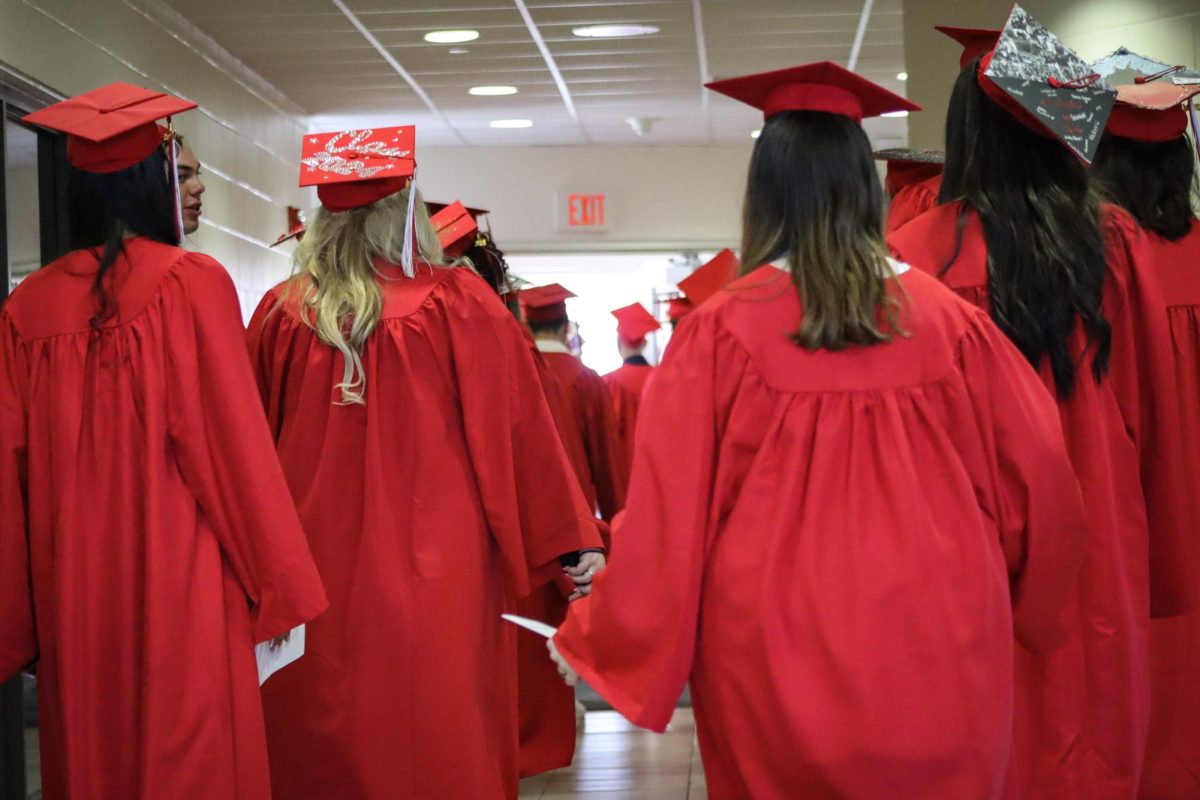
By Braden Rendano
Though Hudson Public Schools’ obesity rate in 2011 was close to 33-34%, approximately the state average, school lunches have changed this year to provide healthier options to fight childhood obesity.
New lunches are limited to 850 calories and 16 grams of protein. Fruits and vegetables are encouraged to provide a healthy meal. The school now obtains food from different vendors, also contributing to the new changes.
“I think the new school lunches are very good. They meet USA nutritional standards and help retrain our brains about portion sizes. We have such distorted views on appropriate portion sizes,” health teacher Dee Grassey states.
“Over the last twenty years the portions have been growing,” nurse Sue Bowen states. “I like the portion control. I think it will be hard at first for a lot of people to get used to the proper portion size.”
Girls between the ages of 14-18 should consume 46 grams of protein per day. Boys 14-18 years should consume 52 grams per day. Therefore, girls should get 15.3 grams of protein per meal and boys should eat 17.3 grams of protein per meal. The lunches contain 16 grams of protein, which is right in between the two.
“I like the idea of a healthy alternative for school lunches; however, I do not feel it should be forced on the students, as the new lunches have proven to have smaller portions and often times they include less variety,” states freshman Spencer Rendano. “The quality of the foods has suffered due to the ingredients being implemented,” he adds.
A common complaint about the new lunches is that the portion sizes are too small and that they may leave students hungry. A variety of fruits and drinks are available and fruits are unlimited. “Since these side options are recommended to fill you up, it shows that the portions should be larger,” Rendano states.
A major flaw in the new federal guidelines is that they are only based on age and gender. They do not factor in things such as an individual’s weight and their activity levels. “A 16-year-old, 6 foot, 200-pound football player,” nurse Patricia Emmons says, “is going to have very different nutritional needs than a 16-year-old, 5 foot, 120-pound video gamer.” This demonstrates one of the areas that the federal government may need to improve in order to make students more satisfied.
“The food is bland and the portions are too small,” senior J.D. Dutney, a member of the football team, says. “They’re too expensive.”
“These lunches aren’t enough for high school athletes, especially for young teenage boys,” senior Sofia Filippi says.
“It depends on what the students choose for lunch,” nurse Patricia Emmons states. Some meals are going to be more filling than others. A small burger with some fries may not fill you like pasta and meatballs with a salad, bread and vegetables.
“I’m really happy we got rid of the cookies,” the nurses state. It can be hard to believe, but students would have a cookie and water for lunch. The result could be stomachaches and/or headaches.
Breakfast is also offered before school starts if students do not have time to eat at home. If students are still hungry after getting lunch and sides, there is the option to get a second lunch.
The state and federal government have to work together to find balance on the lunches. The state needs to follow federal guidelines, but they also want to keep their students happy. “All schools that receive federal funds are required to follow these regulations,” principal Brian Reagan states. “We had no say in it. We knew we had to do it.”







Carol Hobbs • Nov 16, 2012 at 2:38 pm
Great article, Braden. The new lunches have generated much conversation among the students this year. These changes are all over Massachusetts. One off-shoot in my home in another town is that my daughter no longer buys lunches but brings her own from home. At least I know she is getting good food. I am concerned though that students are voicing displeasure with the lunch quality along with quantity. Did anyone talk in detail about the change in taste or appearance of the food?
Jenny Gormley • Oct 26, 2012 at 2:27 pm
Great coverage of a critical issue for students now and in the future! I’m glad you interviewed Ms. Grassey, Ms. Bowen and Ms. Emmons, some key school staff who are concerned about student wellness! What are students saying now about the school breakfasts and lunches?
Jenny Gormley
HPS Director Health, Nursing, & Safety
brendano • Nov 6, 2012 at 9:21 pm
I haven’t gotten much feedback from students on this article. Thanks for commenting!
dgrassey • Oct 22, 2012 at 6:16 pm
Hi!
Awesome article! I wish you have mentioned that athletes do need more food and should bring snacks from home or purchase more food. Thank you for covering this.
Yours,
Dee Grassey